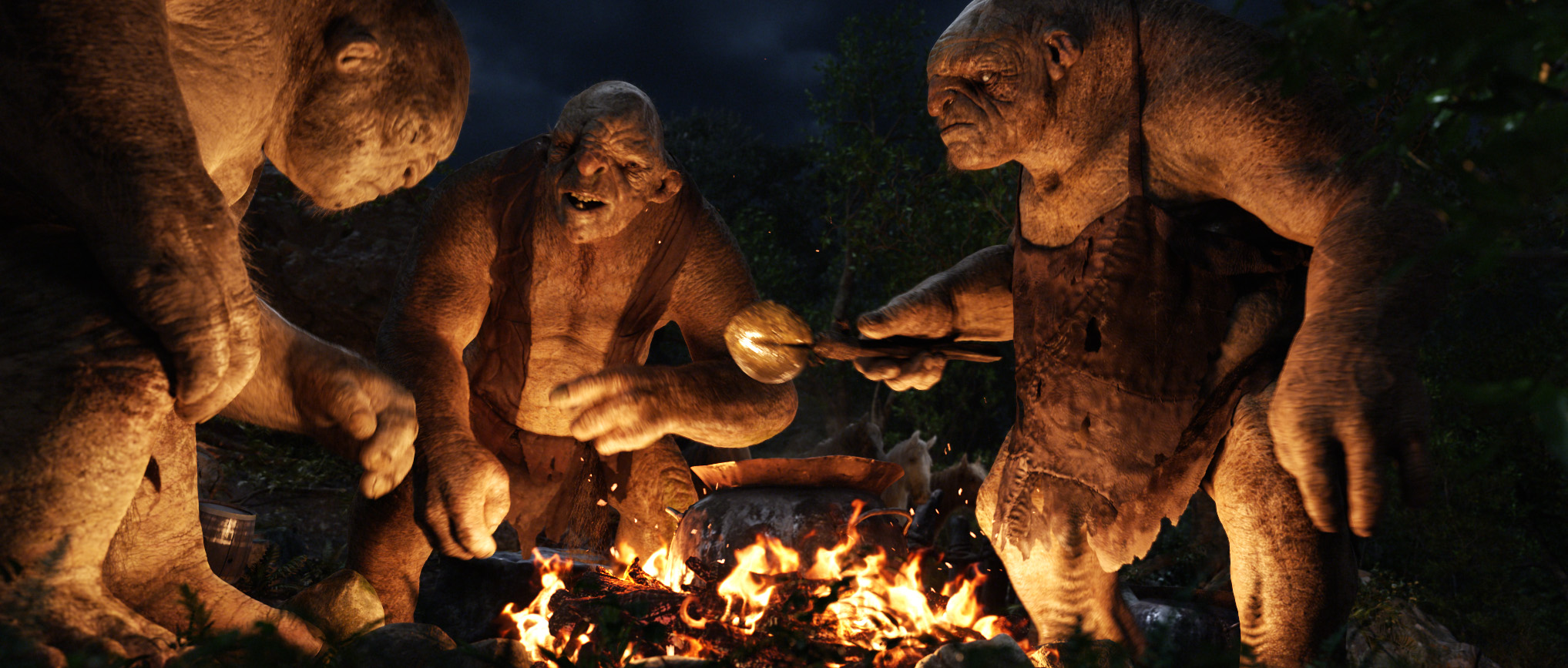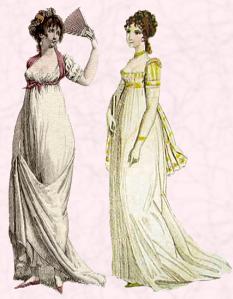the reason I thought about this was after watching a ted talk with John Hunter talking about his world peace game I start to wonder if there were games that could actually help the world.
my first game is ' Play to Cure: Genes in Space' develop by a wide range of video game designers working for cancer research, in the game the player is on a mission to collect as much 'Element Alpha' as they can while flying through space. before each mission the player must map out a route each map is an DNA micro-array which is a collection of microscopic DNA spots attached to a solid surface. By allowing players to map out a route it gets thousands of eyes to look for spots and patterns which would take a small minority of scientists years.
the player then plays out their route in a 3D environment at the end they find out if they have collected enough 'Element Alpha' to go to the next level.
With loads of eyes looking for patterns and scanning the DNA, scientists are hoping to minimize the time it takes allowing them to find cures for cancer quicker.
This type of education tool has been found to work in other projects like 'Fold it' where player must manipulate 3D models of enzymes in to different shapes allowing scientists to spot possible structures to be re-enacted in real life. the potential of these games are seen when you find out that players learned more about an AID enzyme in 3 weeks than scientists had in 13 years.
which shows that with everyone thinking differently we can get more problems solved than people who have been told to think and do things in a certain way.
sources:
https://www.ted.com/talks/john_hunter_on_the_world_peace_game
Bond, J. (2014). Play to Cure: Genes in Space lets you fly spaceships and aid in cancer research at the same time. [online] Apple news, reviews and how-to's since 2004. Available at: http://www.tuaw.com/2014/02/06/play-to-cure-genes-in-space-lets-to-fly-space-ships-and-aid-in/ [Accessed 9 May. 2014].
Cancer Research UK, (2014). Play
to Cure: Genes in Space. [online] Available at:
http://www.cancerresearchuk.org/support-us/play-to-cure-genes-in-space
[Accessed 17 Apr. 2014].
Fold.it, (2010). Solve Puzzles for Science | Foldit.
[online] Available at: http://fold.it/portal/ [Accessed
18 Apr. 2014].
Maxwell, B. (2014). ExPlay 2012: What can games offer science and society? | Features | Edge
Online. [online] Edge Online. Available at: http://www.edge-online.com/features/explay-2012-what
can-games-offer-science-and-society/ [Accessed 19 Apr. 2014].
Mohammadi, D. (2014). How online gamers are solving science's
biggest problems. [online] the
Guardian. Available at:
http://www.theguardian.com/technology/2014/jan/25/online-gamers-solving
sciences-biggest-problems
[Accessed 17 Apr. 2014].
Mundasad,
S. (2014). Play to Cure: Games for
cancer.
[online] BBC News. Available
at: http://www.bbc.co.uk/news/health-26009350
[Accessed 9 May. 2014].


























